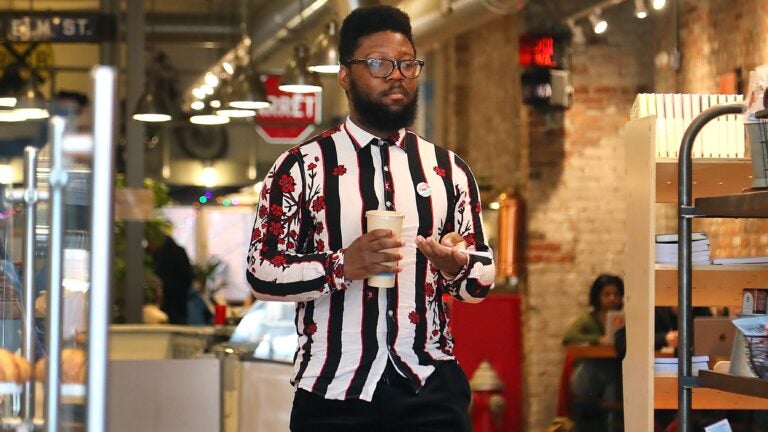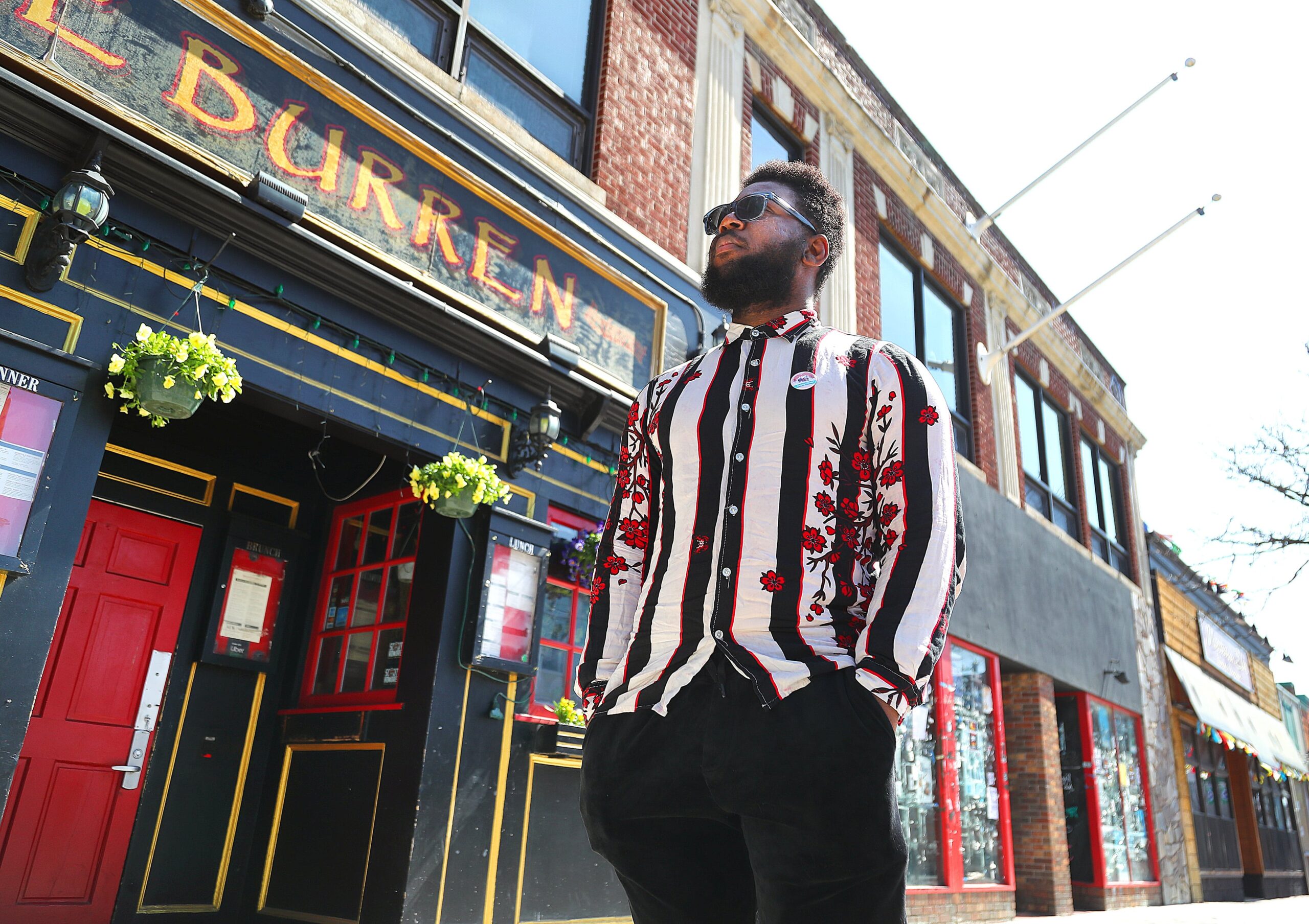Spring House Hunt
Aspiring buyers are looking beyond the traditional nuclear family to find new financial and social solutions to homeownership.

For decades, people have bought property with a partner or their biological family members. But amid a skyrocketing housing market and loneliness becoming a public health epidemic, aspiring buyers are looking beyond the traditional nuclear family to find new financial and social solutions to homeownership.
At the end of April, Harvard Law School plans to release a landmark guidebook called “How to Buy Property with Chosen Family,” which addresses how to approach traditional institutions such as banks and real estate agencies as a nontraditional unit. The first-of-its-kind primer, which will be published by the school’s LGBTQ+ Advocacy Clinic, is for people trying to buy a home with friends or anyone hoping to live in a nonstandard structure.
The arrangement is often associated with polyamory, but the clinic emphasizes that the guide can apply to a group of friends, multiple families, or anybody who wants to break into the housing market but doesn’t have the desire or resources to go it alone. The guide offers strategies such as creating a tenancy in common agreement or an LLC, which offers ownership agreements and stipulates financial consequences in case a living arrangement goes south.
“Among a lot of people I know, this is the main way that they see themselves being able to [buy] — and it also seems like a much better idea than becoming isolated in your own little suburban enclave without access to community,” said Samara Trilling, a third-year Harvard Law student who coauthored the guidebook in collaboration with the Polyamory Legal Advocacy Coalition (PLAC).
The guide comes at the right time, Trilling said, as more people simply crave community and homeownership. The structure — romantic or platonic — makes financial sense, and the guide’s release coincides with a shift in household demographics. As of 2025, an estimated 61 million Americans (nearly 20 percent of the population) co-own a home with someone who isn’t their spouse, according to a new survey by CoBuy, an end-to-end platform to simplify nontraditional home buying.
“Many people are not in a nuclear family. That is just not the state of American families anymore. … And cities are sort of having to grapple with: Wait a second. If that’s not actually reflecting our constituents, how do we build in pathways toward generational wealth that actually can meet people where they’re at?” said Kimberly Rhoten, a PLAC cofounder.
Somerville is a groundbreaking example. In 2020, spurred by COVID and the desire for all people to easily visit loved ones in the hospital, the City Council passed an ordinance recognizing domestic partnerships, including polyamorous relationships. Somerville again made news in 2023 when the City Council approved a unique anti-discrimination ordinance to protect people in polyamorous and other consensually nonmonogamous relationships. The ordinance prohibits discrimination in employment and policing against those in relationships of two or more people.
“We’ve heard from people who moved to our community specifically because of these [2023] laws and because of the domestic partnership ordinance that passed in 2020,” said Willie Burnley Jr., a Somerville city councilor-at-large and mayoral candidate who is polyamorous and rents his home with platonic roommates.

PLAC has done similar work in Cambridge, and the progress has been logistically helpful to home buyers — but also symbolic to people who often feel stigmatized due to lifestyle choices, proponents said.
Heath Schechinger, another PLAC cofounder and executive director of the nationwide Modern Family Institute, enjoyed lower utility costs and a bigger home than he would have otherwise afforded while living with two other couples. Of course, the arrangement wasn’t perfect.
“I didn’t have this unilateral capacity to make decisions on my own or that I thought would be best,” Schechinger said. “Also, there was some social stigma.”
But the benefits were worth it, and Schechinger is hopeful that laws and housing models will catch up to prospective homeowners’ financial and social realities.
“An increasing number of people are living with their chosen family: buying homes with friends or partners, or building family through shared values rather than marriage. The future of family isn’t about form. It’s about function — and who you build your life with.”
Address Newsletter
Our weekly digest on buying, selling, and design, with expert advice and insider neighborhood knowledge.

